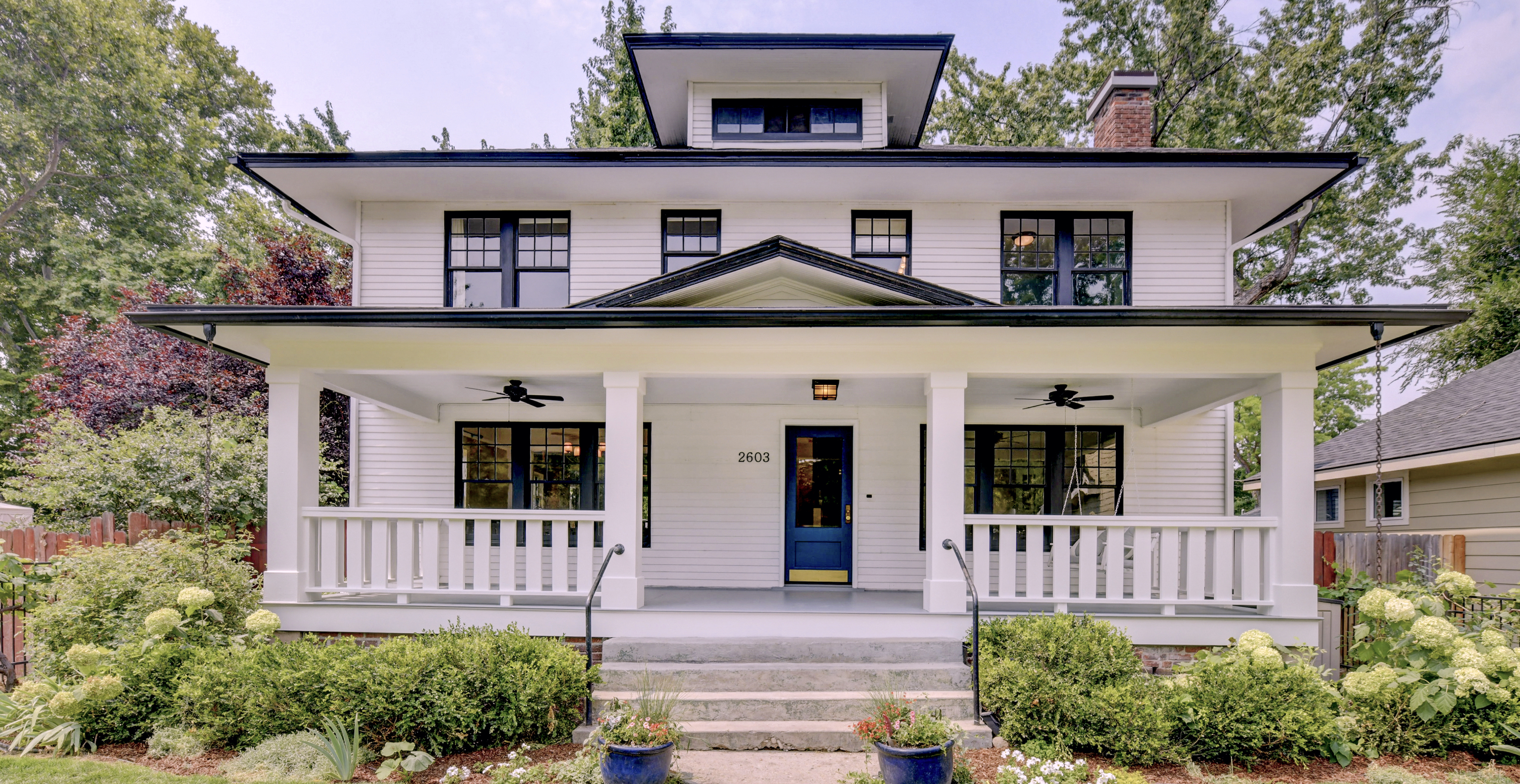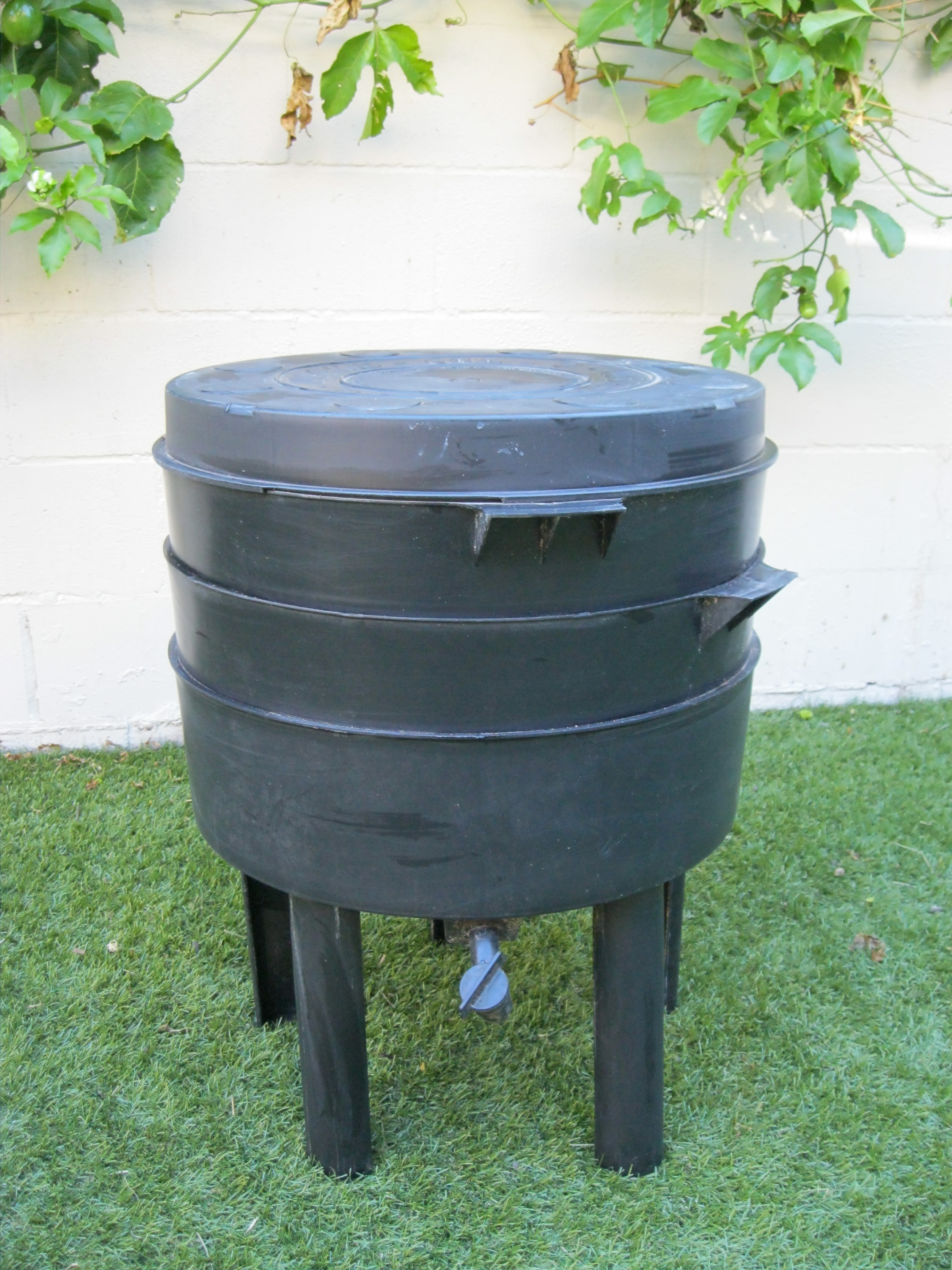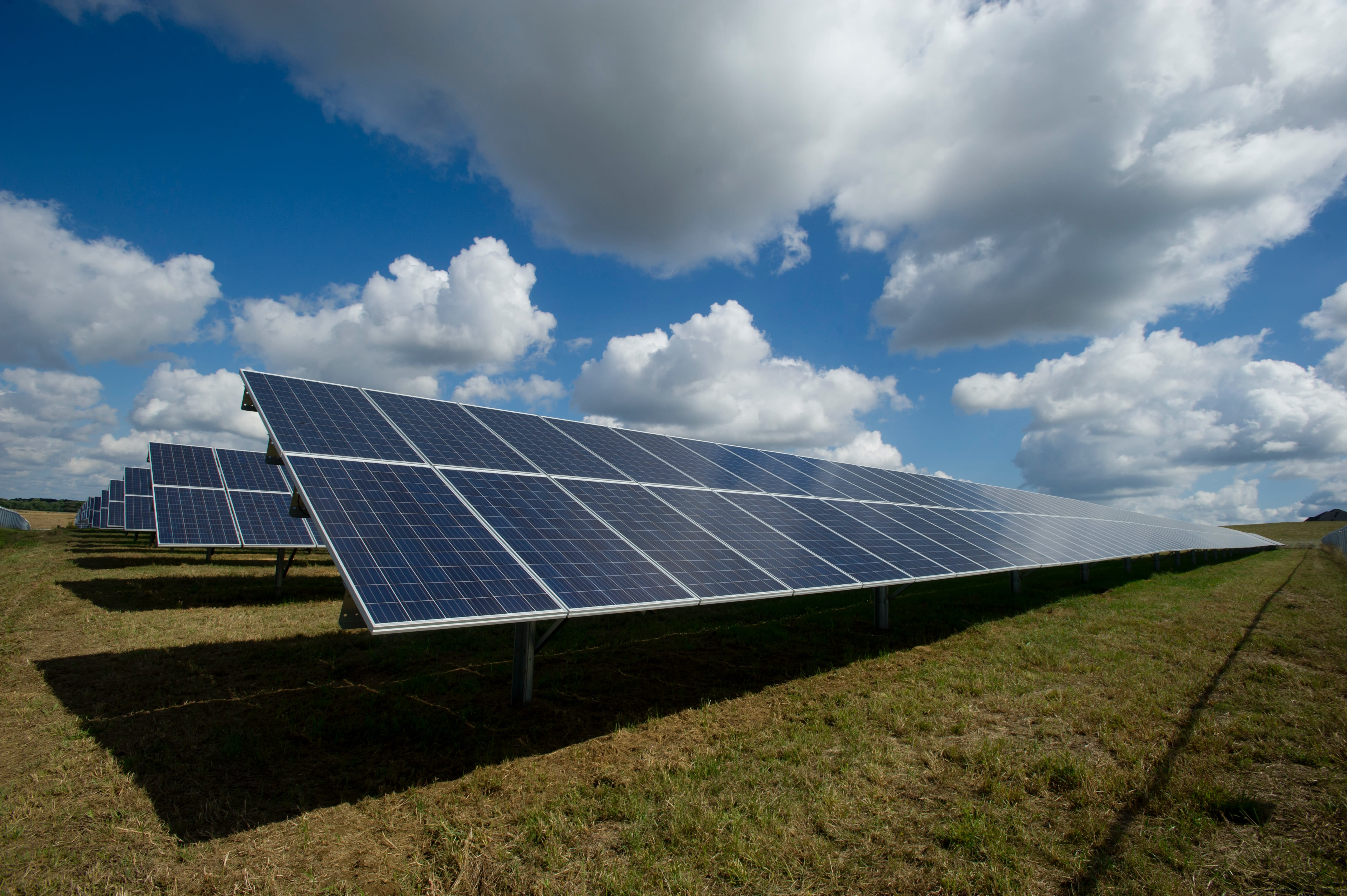Until recently, talking about making your house greener might get you labeled a hippie or a tree-hugger. But as gas, electricity, and water prices creep up, more and more homeowners are seeing the advantages that come with considering the environment when making decisions about  their household.
their household.
Our Boise, Idaho real estate clients are talking more and more about energy-efficiency when considering a home to buy or upgrading a home they've purchased through us.
Are you also interested in making your home more energy-efficient and saving money in the bargain? You have a lot of options, from cheap to expensive, so read on to discover whether there are some big energy-saving opportunities that you're missing.
Get an energy audit
Most utility companies offer an energy audit, oftentimes for free. They'll send an expert to your house to take a look at your appliances, lights, windows, doors, and more — then make recommendations for changes you can make that will save energy and money every month. If you want a personalized rundown of everything you could do to make your home more energy-efficient and environmentally friendly, an energy audit is a good place to start.
Swap out your lightbulbs
Compact fluorescent or even LED bulbs are more expensive  than incandescent bulbs, but they also last at least 10 times longer and use only about 25% of the energy of an incandescent bulb.
than incandescent bulbs, but they also last at least 10 times longer and use only about 25% of the energy of an incandescent bulb.
Consider replacing your incandescent bulbs with a greener alternative. If you decide to swap them all out at once, you'll start seeing a difference pretty quickly in your utility bills!
Pay attention to the sun
There's a lot you can do to heat and cool your home without spending any money at all — but you'll need to keep tabs on where the sun is in the sky. In the northern hemisphere, windows with southern exposure are going to get the most direct sunlight, so start with those. Make note of whether and when the sun shines into your home across every season, then adjust your habits and your blinds accordingly.
For example, if the sun is shining directly into your house during the winter season, you might be able to save some money on your heating bill by opening your curtains and blinds in the morning to allow the sun in. But if you're getting that direct sunlight in the heat of summer, then the opposite applies — close your blinds and curtains in the morning to keep your house cool.
Unplug unused electronics or use power strips
Did you know that plugged-in chargers, appliances, and other electrical devices still pull electricity from the wall even when they're not in use or charging anything? It's true!
To eliminate the constant drain on your electricity, unplug any unused devices or you can also use power strips with an on-off switch. Keep everything plugged in, just flip the switch off when you're finished using them.
Weather-strip your windows
Especially in some older houses, windows might not be entirely airtight — meaning you have drafts from the outside sneaking hot or cold air into your home against your wishes.
A relatively cheap and easy fix is weatherstripping your windows to eliminate those drafts and ensure that what's outside doesn't creep inside and vice versa. It's as simple as a trip to a hardware store and a few minutes to weatherstrip any gaps at each window.
For some more ways to reduce your heating and cooling costs, check out this article.
Turn down your water heater
Your water heater is constantly working to keep its water consistently hot and if you have the gauge set at a high temperature, then "consistently hot" takes a lot of energy to maintain.
Take a look at your water heater's settings and ask yourself if the hot water really needs to be as hot as you have it. Turning down the temperature ten or even five degrees can result in some surprising savings!
Replace your water heater
The older a water heater is, the more energy it's going to take to run, so if yours is looking a little spent, consider swapping it out for a newer, more energy-efficient model.
You can even get a tankless water heater, which heats your water as you turn on the tap. Not only will your hot water seem inexhaustible, you'll also be saving a bunch of energy and money by replacing a 50-gallon tank that's constantly being heated and re-heated.
Collect rainwater
Depending on where you live, the weather might be an asset that you haven't yet tapped. If you keep a cistern of rainwater in your yard, you'll always have a green way to water your grass and flowers in the spring and summer.
Start a compost pile
 You might already have a compost pile if you garden, but even if you don't, it's worth considering. You can use compost for any flowers or grass on your property, and some metro areas even have a compost exchange program where you can submit your food scraps and get fertilizer in return. There are also sometimes classes on how to get started composting, and it'll significantly reduce the amount of trash you're throwing away every week.
You might already have a compost pile if you garden, but even if you don't, it's worth considering. You can use compost for any flowers or grass on your property, and some metro areas even have a compost exchange program where you can submit your food scraps and get fertilizer in return. There are also sometimes classes on how to get started composting, and it'll significantly reduce the amount of trash you're throwing away every week.
Swap out your shower heads
If you like to take long showers, this fix can be especially helpful. Change your current shower head for a low-flow version that uses less water. These often have several settings for pressure and spray so that you can customize your shower experience — and you probably won't even notice you're using significantly less water
Buy a smarter thermostat
You don't necessarily need a "smart" thermostat for your home, but if you don't have a thermostat you can set to change the temperature at different times of the day, you should definitely invest in one.
For example, you could set your thermostat to lower the temperature of the house by 10 to 15 degrees when you're at work during the day, and instruct it to start bringing the temperature back up to "normal" an hour to 30 minutes before you arrive home. And many thermostats even let you designate temperature by days of the week, so if you know you're almost never home on Saturday night or Sunday morning, you can adjust your temperature accordingly.
Air-seal and maybe insulate your attic and basement
You may know that heat rises and that applies as much inside your house as it does in the world outside. That means a drafty attic could result in a lot of energy spent keeping the house warm in the wintertime and it won't do you any favors in the summer either. An uninsulated basement can also let in cold air in the wintertime and out in the summertime.
Check to see if your basement and attic are air-sealed and insulated. If not, consider investing in an upgrade.
Turn off unnecessary water
Even if your faucets aren't leaking or toilets aren't running, it can still save a little bit of water to eliminate water to any pipes that aren't using it. If you have a guest bathroom that gets little use or a kitchenette that only sees action once a year, consider turning off the water to those sinks.
Use ceiling fans instead of air conditioning
Air conditioning is a wonderful invention and it feels amazing in the heat of the day in the middle of summer — but it sure is an energy hog. Instead of turning on the air conditioning, try opening all your windows and turning on the ceiling fans. When it's hot outside, sometimes just getting the air moving inside can make a big difference, especially at night after the sun is down.
Use cold or warm water to wash clothes
Some stains just won't budge without bringing the heat, but for the most part, your clothes will get just as clean in cold or warm water as in hot water. And washing with cold water is also a little easier on the fabrics, making your clothes last a bit longer. Most washers have a cold-water setting, so try it the next time you're washing a load and see what you think.
Only run full dish/laundry loads
When the time does come to wash, it will save a lot of energy, water, and money if you make sure you're only washing full loads of both dishes and clothes. This might mean you have to invest in a bigger laundry basket or buy a few more plates so you won't run out, so think about the best way you can make sure your loads are as big as possible and then commit to only running the appliances when they're at full capacity.
Add solar screens to windows
The sun can be used to heat your home without using much energy, and that can be a really nice thing in the wintertime — and not so nice in the summer when you'd really prefer not to heat your home at all. Solar screens can keep the sun out of any windows where it shines in directly, maintaining the cool cavern you've carefully cultivated. In the northern hemisphere, they'll be most effective on south-facing windows.
Install solar panels or solar shingles
Solar panels can offset your energy usage and your bill by quite a lot, and now there are even more options for making your roof an energy-catching part of your house. Solar shingles are smaller and less obvious than full panels and still bring the same amount of energy generation to your roof, so the next time you have to re-shingle your roof, look into adding some into the mix.
Choose a roof with a light color
The sun beats down on your roof all day and if you've chosen a dark-colored roof, then the roof is absorbing all of that sunlight and associated heat every day, which isn't always ideal. To keep your attic relatively cool, pick light-colored roofing materials — they reflect the sun's rays more than absorb them, allowing you to maintain climate control down below without using as much energy.
Use reclaimed wood or bamboo for floors
Not all wood flooring is created equally when it comes to environmental friendliness, so if you're refinishing your floors or building new, consider a renewable wood source that looks good and doesn't require cutting down more trees. Reclaimed wood is one good option, as are bamboo floors — the plant grows quickly and is replenished by pruning, making it a great choice if you want new floors without the guilt.
Add some storm doors
Every time you open your doors to the outside, it's letting the outside in. One way to combat this leakage of warm or cool air into the great outdoors is to install storm doors, especially on the most-used entrance to the house. A storm door helps provide an additional layer of protection to the doorway — already a spot where a lot of your air-conditioned or heated air escapes — giving it an extra seal and allowing less to escape when you enter or exit through the door.
Upgrade your appliances
If it's been a while since you looked for a new washer, dryer, dishwasher, or refrigerator, then you might be surprised by how far they've come in terms of energy and water usage. Many appliances are now Energy Star-certified, meaning they're more energy-efficient and "green" than their traditional counterparts. When the time comes to upgrade, look at how the replacement appliance measures up in terms of energy usage and cost, which can help you make an informed decision about whether spending a little more money now is going to lower your bills for years to come.
Tune up your heat and air conditioning once a year
It might be as simple as replacing the filters or hiring a professional for a full service. Regardless, this is a smart way to ensure your systems are performing at top efficiency. Look at your furnace every fall and your air conditioning every spring to make sure you're getting it tuned up before you really need it.
Replace your desktop with a laptop
These days, laptop computers are just as powerful and often a lot more convenient than a desktop. You can get a laptop stand for your desk and use a wireless mouse and keyboard to get the full desktop experience, and running a laptop takes less energy even with similar accessories. Plus, you have the luxury of packing up your entire computer into a single bag.
Replace your windows
Windows are wonderful for letting in light and breezes, and when it comes to the warm or cold temperatures you've cultivated inside your house, windows are literal holes to the outside. Old windows can render useless your efforts to be comfortable. Replacing windows can be expensive, but you might be surprised how much your windows were contributing to the heating or cooling bill once you've taken the plunge and replaced them.
Plant trees
A tree on the south side of your house can be a godsend in the summertime, creating a reservoir of cool air that spills over your house. It's an investment that can take a while to mature, but if you know you're going to be in the house for a while, then planting and caring for some trees around your house will increase your curb appeal while simultaneously making it a more pleasant place to live.
Add a roof ridge vent
For attics that collect and trap a lot of heat, a roof ridge vent can be the perfect way to allow that heat to escape. They're vents that keep the attic protected from the elements but allow warm air to exit the attic, and if you're already getting your roof redone, they could be the perfect solution to a too-hot upstairs floor.
Buy a wind turbine
Like solar panels, wind turbines can offset some of your own energy costs, and they're usually lower-profile than solar panels. Popping a wind turbine on your roof can generate energy all day, every day, but the return on the investment is going to be highest in homes that usually get a lot of wind, so talk to neighbors and maybe that energy auditor to see if they make sense for you.
Use concrete for counters or floors
If you're a fan of the industrial look and it's time to remodel or build, then consider concrete floors and countertops. It's relatively cheap and easy, requires no mining or tree-felling, and is one of the greenest options available on the market. Plus, just think about how good those floors will feel on a hot summer day.
Replace toilets with low-flow versions
Every time you flush a toilet, the older versions use gallons of water to clear the bowl. There are a lot of newer models on the market that are low-flow or even have different flush options for water usage on the same toilet. Like showerheads, low-flow toilets are one of those changes that don't feel like a sacrifice and yield savings on your water bill.
Xeriscape
Green lawns look nice — but in a lot of climates, homeowners use a ton of water and weed-killer to maintain that green, lush look. Many homeowners are turning to xeriscaping as a way to retool their outside space so that it still looks nice — and natural — but doesn't require a sprinkler to keep up.
Talk to a landscaper about your lawn options and see whether it makes sense to revamp your lawn with some plants and gravel to replace the grass. It looks just as nice and requires a lot less water and labor to maintain.
Use a manual push mower
If you live in a region where grass grows like weeds and you don't need to water, then maybe it makes perfect sense to keep your lawn. One greener alternative to a riding mower or a motorized push version is an old-fashioned manual push mower. They work and you'll be using your own elbow grease instead of gasoline to power the blades, so you'll get a workout while you mow.
Deciding to make your home more energy-efficient can involve a simple move like turning off water to rarely used sinks and toilets, or as complicated and involved as replacing appliances and installing solar panels. Figure out your ideal level of investment and take things one step at a time — before you know it, you'll have a green home that saves money without sacrificing comfort.
And always remember, if you are interested in real estate, we are your Boise, Idaho and North End real estate experts. If you would like to search for your next dream home, go here!
And if you want to know what your house is worth in this hot real estate market, call us at (208) 327-2127!






